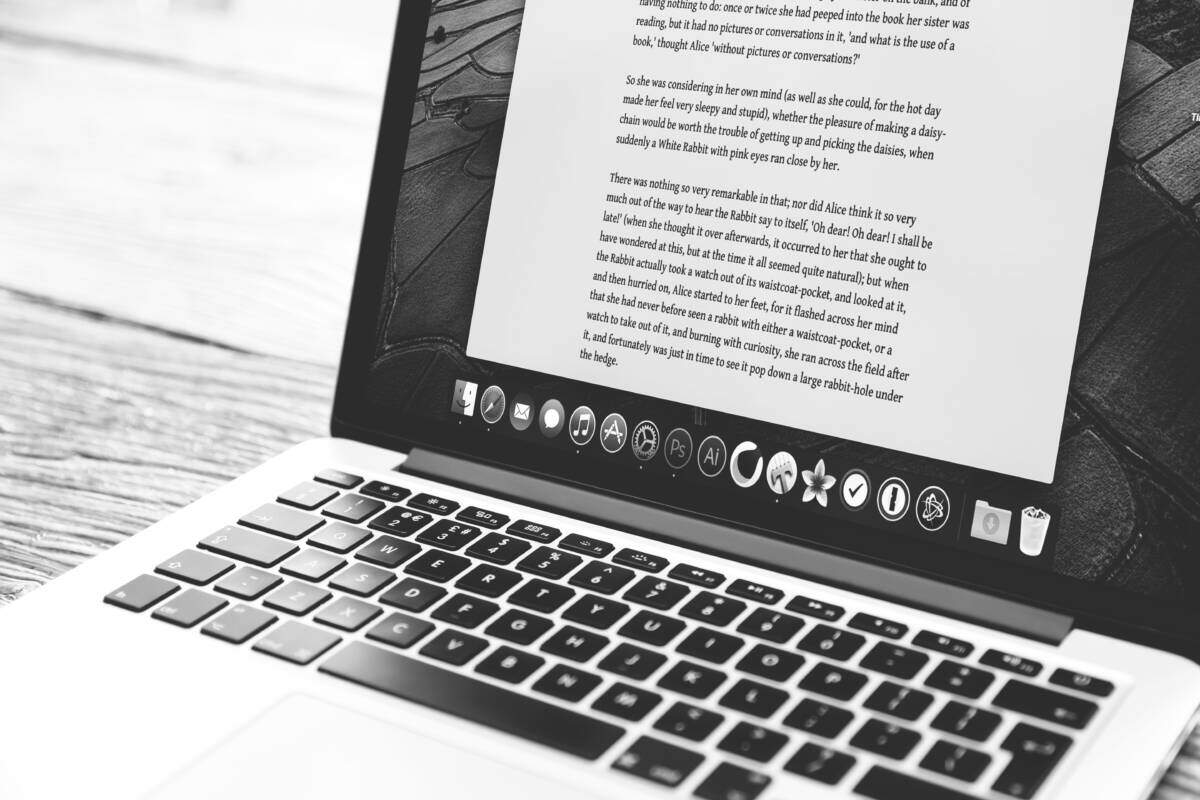I was recently talking to a writer/publisher friend who was struggling. He’s currently putting together an anthology and having issues with all the different ways that authors formatted their stories.
This is something I remember painfully from when I was doing the same work. It isn’t just the different document types, but also the ways that the authors used styles. Some authors used styles in thier word processors, some applied direct formatting, and making them all work together and be consistent is… well, tough.
To be clear, authors should write in the way that works for them. If using Word or Atlantis or LibreOffice works for you, go for it. If Scrivener intuitively makes sense to you, great! If you prefer using something like YWriter, or any of the other Scrivener alternatives (a good list with descriptions is at https://www.stephenwillis.co/best-free-scrivener-alternatives/ ), that’s great too! Heck, you can even write in note-organization software like Joplin (free, crossplatform) or Evernote.
All that said, I recommend that whatever software you use be able to output (or convert from/to) some kind of plain text format.
I prefer Markdown, because for most writing, the basics are simple and intuitive. You don’t need a special editor or writer to create it, so you can write anywhere, using any application. And unlike RTF, DOCX, ODT, or the rest, it’s easily readable as plain text – and the file size is a lot smaller. And then when you convert or import it to something else, the styles can easily match whatever you’re importing it into. (See the bottom of the post after the footnote for a comparison of the same text in several types.)
When your source document lets the word processing or page layout software (I’m including web browsers in that category! [1]) determine the exact style, it is so much easier to make changes in layout and have them be consistent through the whole document.
And when you’re (hopefully) wanting to be able to access your work down the road, you have to ensure that whatever you are using is future-proof. Despite the (better) standardization in document types these days, if you can open your document in freaking Notepad and still have it easily readable is awesome.
And that means that when I send a story or article to someone for publication, it’s super easy for me to send it in the body of the email, or quickly change the formatting to match what the publisher wants on their end.
Featured Photo by Dan Counsell on Unsplash

[1] My nameplate page – https://stevensaus.com/ – is actually written in markdown and uses Strapdown to style it for for the web. That means that by just changing one line – <xmp theme="cyborg" style="display:none;">– I can quickly change the entire look of the site.

I created a simple document with three different header lines, a line in italics, a bolded line, and a simple bulleted list, then saved it in markdown, HTML, DOC, DOCX, and ODT for comparison. If you’re reading this where the embed doesn’t automatically show, you can see the comparison at https://saus.xyz/u66ny .
